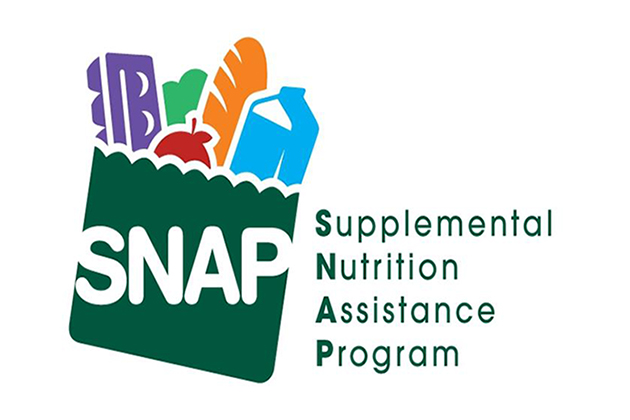The federal Supplemental Nutrition Assistance Program (SNAP) is successful in alleviating hunger and helping lower-income Americans afford enough calories, according to a study by the Rudd Center for Food Policy & Obesity at the University of Connecticut.
The study found that the amount of calories consumed is about the same for SNAP participants compared to higher-income Americans. However, the new findings indicated that there are differences in the quality of the diets based on the Healthy Eating Index, a measure of diet quality that assesses compliance with the U.S. Dietary Guidelines for Americans.
This new study reviews 25 studies published between 2003 and 2014, providing information on the quality of diets, food and beverage consumption, and food spending of SNAP participants as compared with those eligible but not on the program and higher-income Americans. Many of the reviewed national studies were conducted in the late 1990s and early 2000s, and there have been considerable changes to SNAP since then, the new study notes.
In recent years, there have been proposals to provide incentives for the purchase of healthy foods through SNAP, formerly known as the food-stamp program. Other proposals in Congress and some states have called for restricting purchases of certain items with SNAP benefits, such as junk foods and sugar-sweetened beverages.
“People in opposing camps have used different studies to try to reinforce their points of view. We wanted to conduct a systematic review of all the studies to understand the full, accurate picture,” said Tatiana Andreyeva, the report’s lead author, associate professor in the Department of Agricultural and Resource Economics, and director of economic initiatives for the UConn Rudd Center.
The study, published Sept. 16 in the American Journal of Preventive Medicine, was supported in part by the Robert Wood Johnson Foundation Healthy Eating Research Program.
Key findings of the study include:
- Compared with income-eligible and higher-income adults not participating in SNAP, adult SNAP participants fared significantly poorer on most dietary measures for healthy eating.
- The diets of children on SNAP are no different from diets of children in low-income households not on SNAP, but are of lower nutritional quality compared with diets of higher-income children.
- There was mixed evidence on whether SNAP participants had higher consumption of sugar-sweetened beverages than non participants, with some studies showing no difference and some showing higher consumption among SNAP participants, especially as compared to higher-income non-participants. However, the studies finding higher sugary drink consumption among SNAP adult participants as compared to income-eligible non-participants were not based on national samples.
“Our findings suggest that SNAP participants are generally able to obtain sufficient calories to sustain themselves. So in terms of food security, the program is working,” Andreyeva said. “However, in most of the reviewed studies, SNAP participants’ diets are of lower nutritional quality than those of income-eligible and higher-income non participants. Having limited resources for food purchases appears to predict lower dietary quality.”
Andreyeva said this new comprehensive review can help SNAP program advocates and policy makers ensure that future policies related to this vital food assistance program address dietary quality while continuing to reduce food insecurity.
Other authors include Amanda S. Tripp of Yale University and Marlene B. Schwartz, Professor of Human Development and Family Studies, and Director of the UConn Rudd Center.




